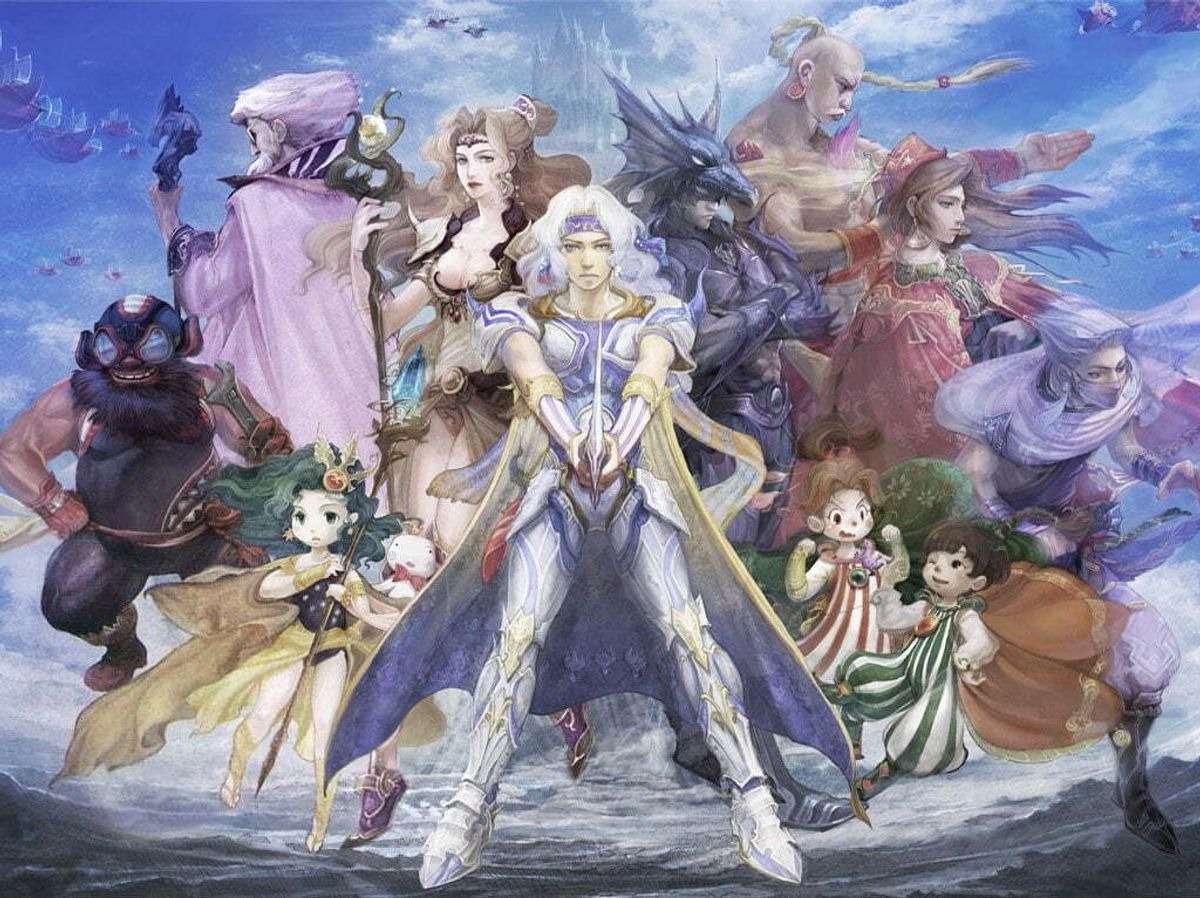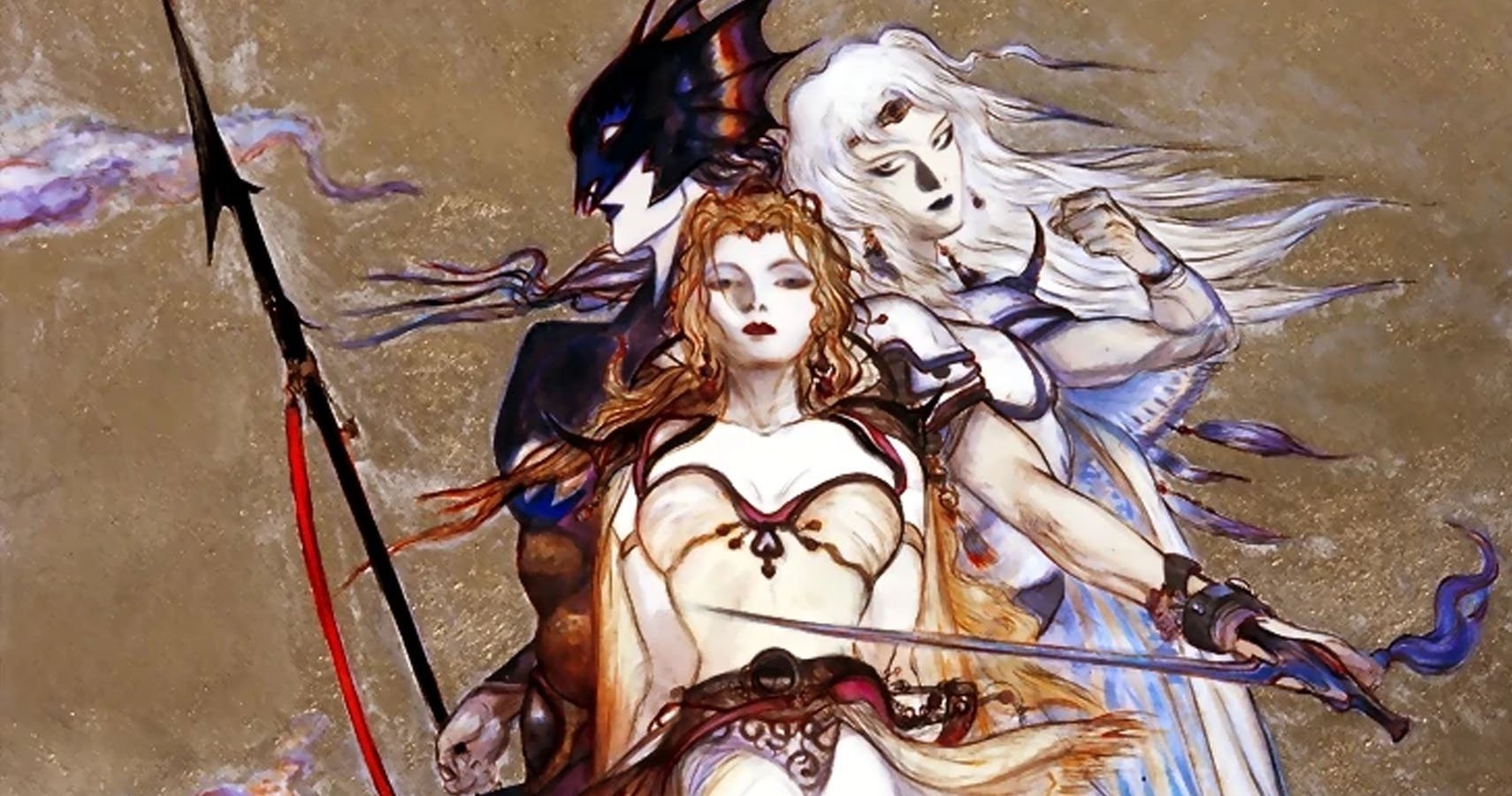Final Fantasy IV, first released in 1991, remains one of the most memorable entries in the franchise due to its emotional depth and layered storytelling. The game’s ending brings resolution to the journey of Cecil, a dark knight who transforms into a paladin while facing internal and external battles.
As the story concludes, players witness how themes of redemption, sacrifice, and identity shape the final moments. The defeat of Zeromus marks the end of a long struggle that spans two worlds—Earth and the moon.

How FFIV Flipped Expectations on Death
However, the conclusion leaves room for reflection, especially on the character’s growth and the fate of the Lunarians. This breakdown takes a closer look at the final events of the game and how they tie together the overarching perspective.
Many people have expressed over time that they were not pleased with how several main characters seemed to die, only to later reappear unharmed. A major reason for this reaction was that the emotional weight and purpose of those self-sacrificial moments appeared to be reduced afterward.
But during my most recent playthrough of Final Fantasy IV, something came to mind. Imagine for a moment that FFIV is the newest release available and that you’re already used to the first three Final Fantasy games. Place yourself in the shoes of a young Japanese gamer from the early 1990s.
While the first and third entries in the series focused more on party customization than storytelling, the second and fourth leaned heavily on story elements. This was especially true for FFIV.
The main idea here is that, by that point in the franchise, FFIV was only the second game to feature named characters with actual roles, instead of just generic heroes.
Why Character Returns May Have Been Intentional
In FFII, it was common for whichever character filled the fourth party slot to be killed off during different stages of the game. Back then, it looked like Square was intentionally creating a sense that no one was safe.
When Square was building Final Fantasy IV with a greater focus on character-driven storytelling, it appears they wanted to challenge what people thought they would do.

I now believe that the reason we saw so many characters “die” and then return was that they wanted players—especially those already familiar with the earlier titles—to expect a repeat of FFII. The characters who were assumed to be dead but were alive were probably meant to create a surprising twist.
It seems like their way of flipping expectations. This may not seem very impressive when viewed with today’s mindset, but when I thought about it like that, it started to make more sense. I could just imagine someone on the development team suggesting:
“We killed off a bunch of people the last time we had a story-focused game, so that’s what they’ll think we’ll do again. Let’s throw them off by pretending some characters die instead!”
Another thing I recall is that one reason for the appearance of certain deaths was that the developers wanted to stick to a five-character limit for the party. It’s possible that either they couldn’t or didn’t want to build a system for party swapping at that time.
Still, when you look at the number of fake deaths in the game, it stands out as unusual. That’s what made me come up with this idea about why they may have chosen that direction.



